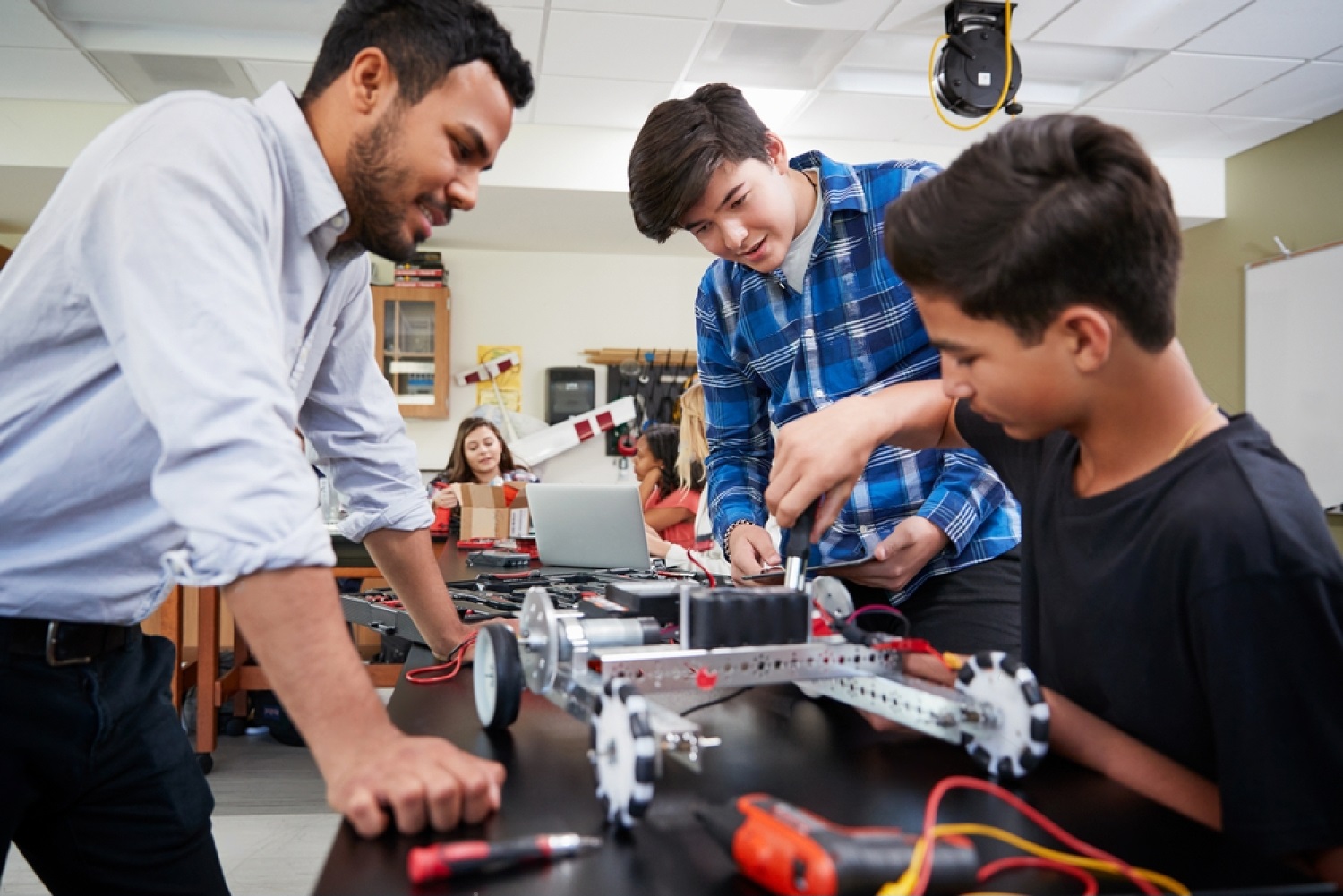In a world that is constantly evolving, the need for innovative thinkers has never been greater. As we strive for progress and face complex challenges, it is essential to cultivate a new generation of innovators who can shape the future. Building bridges to the future begins with nurturing tomorrow’s innovators through STEM education. By equipping students with knowledge and skills in science, technology, engineering, and mathematics, STEM education lays the foundation for a brighter and more innovative tomorrow.
What is STEM Education?
STEM education is an interdisciplinary approach that integrates science, technology, engineering, and mathematics into a cohesive curriculum. It goes beyond traditional classroom teaching and encourages students to explore, experiment, and solve real-world problems. By combining these fields, STEM education prepares students for the challenges and opportunities of the modern world.
The Importance of Nurturing Innovators:
Innovation drives progress in all aspects of society, from healthcare and technology to sustainability and economic growth. Nurturing innovators from a young age not only fuels creativity but also instills critical skills necessary for success in the 21st century. By fostering a culture of innovation, we empower students to think critically, approach challenges with curiosity, and develop solutions that can transform our world.
Building Bridges: Strategies for Nurturing Innovators with STEM Education:
Encouraging curiosity and exploration: By providing hands-on experiences and experiments, students can develop a natural curiosity for the world around them. STEM education encourages inquiry-based learning, allowing students to ask questions, conduct investigations, and discover answers on their own.
Fostering problem-solving skills: In a rapidly changing world, problem-solving skills are crucial. STEM education introduces real-world challenges and projects, enabling students to apply their knowledge to practical situations. By emphasizing critical thinking and analytical abilities, students learn to approach problems from multiple perspectives and devise innovative solutions.
Cultivating collaboration and teamwork: Collaboration is essential for innovation. STEM education promotes group projects and discussions, encouraging students to work together, exchange ideas, and appreciate diverse perspectives. By fostering effective teamwork, students learn to leverage the strengths of their peers and collectively tackle complex problems.
Inspiring creativity and imagination: Creativity is the fuel that drives innovation. STEM education recognizes the importance of imagination by incorporating arts and design into the curriculum. By encouraging students to think outside the box, explore unconventional approaches, and embrace their creativity, STEM education nurtures well-rounded innovators.
Overcoming Challenges in STEM Education:
While STEM education offers immense opportunities, there are challenges to overcome in ensuring its accessibility and inclusivity for all:
Addressing the gender gap in STEM fields: Women are underrepresented in STEM fields. To bridge this gap, initiatives must be implemented to encourage female participation in STEM education and provide mentorship and role models for aspiring young women in these fields.
Tackling socioeconomic disparities in access to STEM education: Not all students have equal access to quality STEM education. Efforts must be made to bridge the digital divide, provide resources and opportunities to underprivileged communities, and promote inclusivity in STEM education.
Success Stories:
Showcasing the Impact of STEM Education: Countless success stories highlight the transformative power of STEM education. From students inventing groundbreaking technologies to researchers making scientific breakthroughs, STEM education has the potential to shape lives and communities. These stories inspire and demonstrate the profound impact that STEM education can have on individuals and society as a whole.
Takeaway
Building bridges to the future starts with nurturing tomorrow’s innovators through STEM education. By equipping students with the knowledge, skills, and mindset required to tackle real-world challenges, we can pave the way for a brighter and more innovative tomorrow. Let us support and promote STEM education, encouraging curiosity, problem-solving, collaboration, and creativity, as we strive towards a future shaped by the next generation of innovators. Together, we can bridge the gap and build a better future through STEM education.









